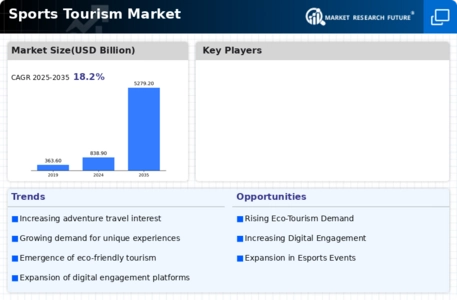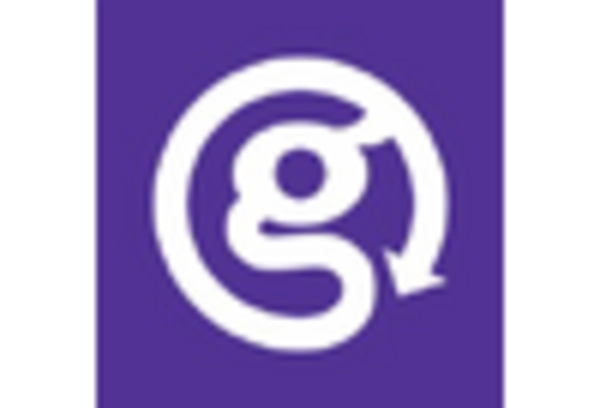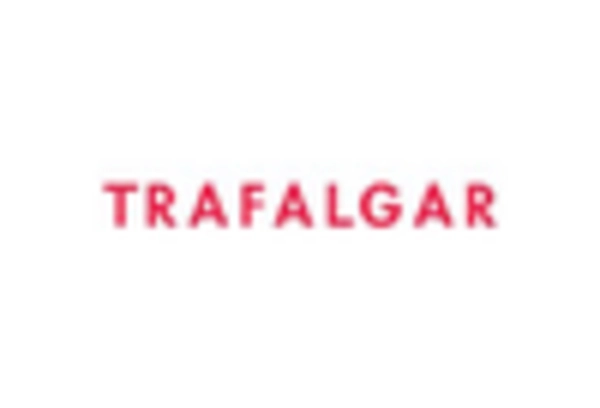Development of Sports Infrastructure
Investment in sports infrastructure plays a crucial role in the expansion of the Sports Tourism Market. Countries and cities are increasingly recognizing the economic benefits of hosting international sporting events, leading to significant upgrades in facilities. For instance, recent reports indicate that investments in sports infrastructure have increased by over 30% in the last decade. This development not only enhances the experience for athletes and spectators but also positions destinations as prime locations for future events. Improved facilities can attract larger audiences, thereby driving tourism and contributing to the overall growth of the Sports Tourism Market.
Growing Popularity of Adventure Sports
Adventure sports are gaining traction within the Sports Tourism Market, appealing to thrill-seekers and outdoor enthusiasts. Activities such as rock climbing, white-water rafting, and mountain biking are becoming increasingly popular, prompting destinations to cater to this demand. Data indicates that adventure tourism has seen a growth rate of approximately 15% annually, highlighting its potential within the sports tourism sector. This trend not only diversifies the offerings available to tourists but also encourages sustainable practices as destinations seek to preserve natural environments. The rise of adventure sports is likely to continue shaping the Sports Tourism Market in the coming years.
Increased Participation in Sports Events
The Sports Tourism Market is experiencing a notable surge in participation rates for various sports events. This trend is driven by a growing interest in health and fitness, leading individuals to travel for marathons, triathlons, and other competitive events. According to recent data, the number of participants in organized sports events has increased by approximately 20% over the past five years. This rise not only boosts local economies but also enhances the visibility of host destinations, making them attractive for future events. As more people seek to combine travel with their passion for sports, the Sports Tourism Market is likely to see continued growth in this segment.
Integration of Technology in Sports Tourism
The integration of technology is transforming the Sports Tourism Market, enhancing the overall experience for travelers. Innovations such as mobile applications for event scheduling, virtual reality experiences, and online ticketing systems are becoming commonplace. Recent surveys indicate that over 60% of sports tourists prefer using technology to enhance their travel experience. This shift not only streamlines the planning process but also provides valuable information to travelers, making it easier to navigate events and destinations. As technology continues to evolve, its impact on the Sports Tourism Market is expected to grow, offering new opportunities for engagement and interaction.
Rise of Sports-related Events and Festivals
The proliferation of sports-related events and festivals is a key driver in the Sports Tourism Market. These events, ranging from local competitions to international championships, draw large crowds and encourage travel. Recent statistics suggest that attendance at sports festivals has increased by 25% in recent years, reflecting a growing enthusiasm for sports culture. Such events not only provide entertainment but also foster community engagement and tourism. As destinations leverage these events to promote their unique offerings, the Sports Tourism Market is poised for further expansion, attracting diverse demographics and enhancing local economies.


















Leave a Comment